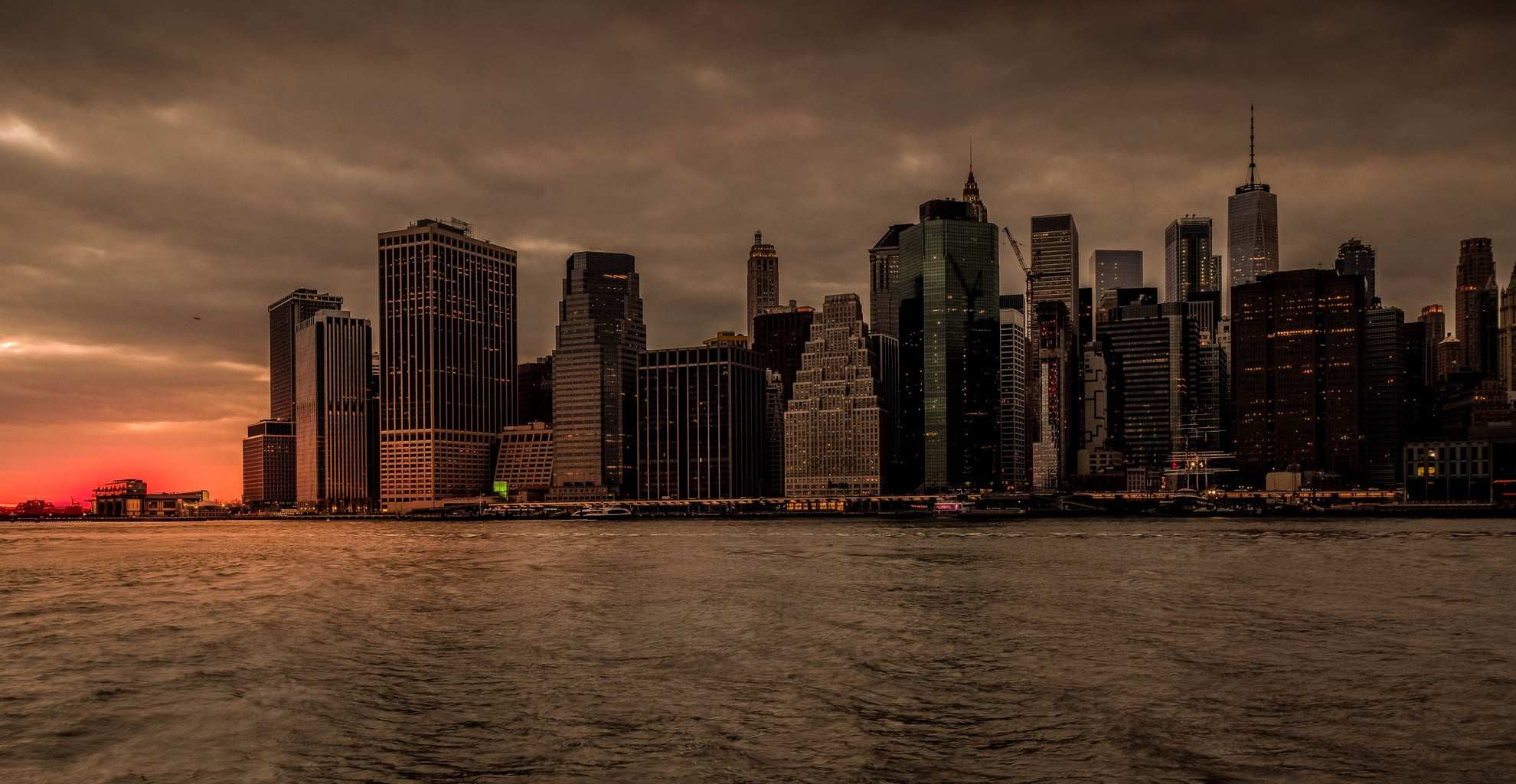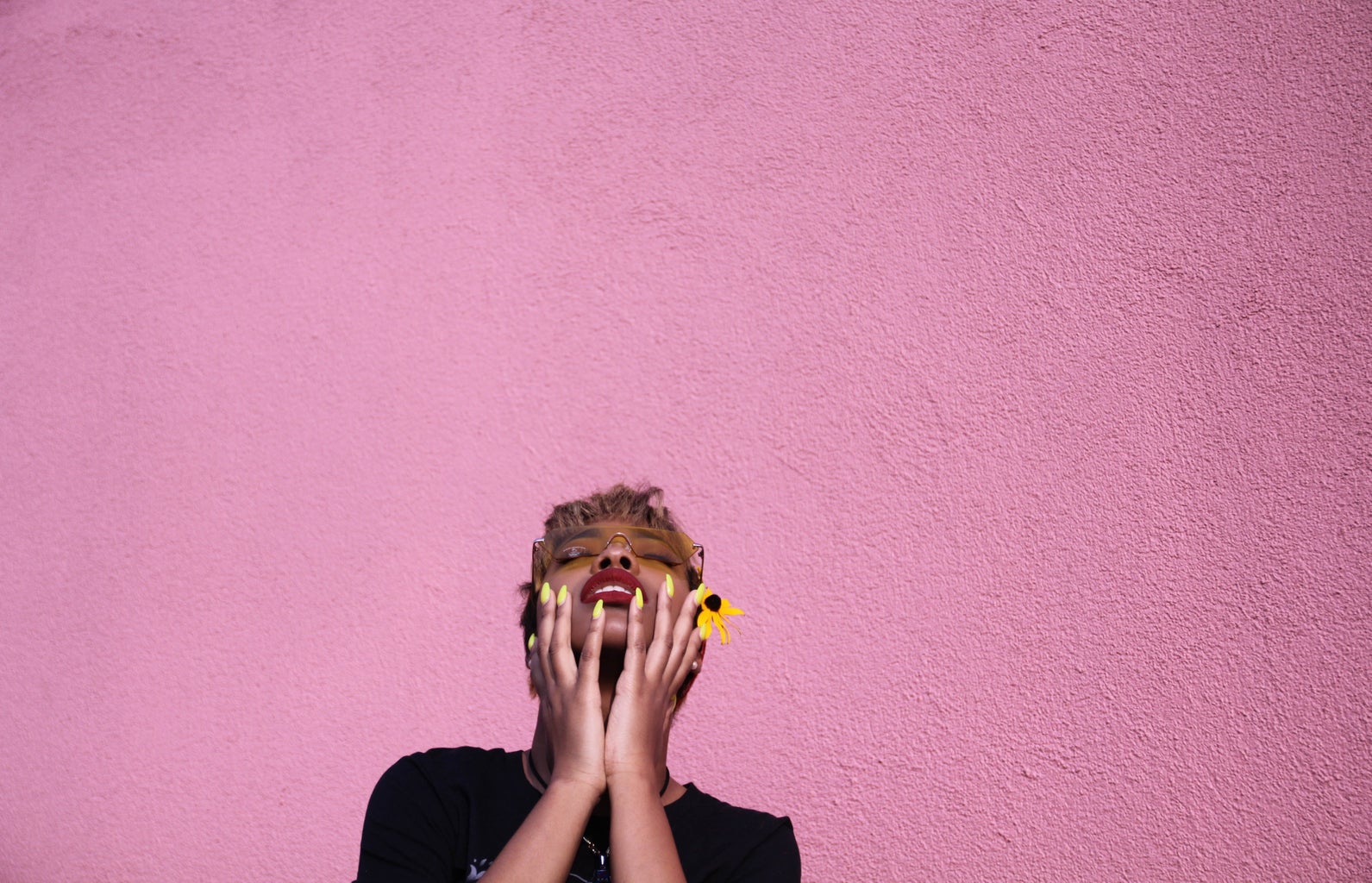Generation Z is one like no other. The influences of advanced technology, social media and access to various materials (or lack thereof) are some of the ways those key factors have impacted us. However, the ever-complex world of the 2010s and 2020 have created an elusive and Twilight Zone-esque time for us as well. The continuation of systemic/institutional oppression, peer pressure, identity transformations and socialization all aid in the difficulty of navigating these times, especially with the policing dictated by the elite, those with power and privilege and systems used to undermine and deter young people. There is a distinction to be made: the trauma and impact for young BIPOC teenagers amidst challenging climates is a topic that is rarely covered with the respect, authenticity and consideration it deserves.
In playwright Katie Cappiello’s new Netflix TV drama, “Grand Army,” the show focuses on five diverse Brooklyn teenagers and the different struggles they have to encounter which changes their lives and outlooks on the world. One of the biggest issues I have with this show is its lack of regard for treating each character, including its marginalized ones, with careful attention and treatment. Many “diverse” TV shows struggle with meaningful representation and equal development for POC characters. Examples include Ryan Murphy’s “Hollywood,” “Glow” and HBO’s “Euphoria.” If there are the same depictions of BIPOC trauma and a lack of regard for their joy or having BIPOC writers being present in order to accurately reflect those experiences in the Writer’s Room then what’s the point? “Grand Army” dares the audience to be confronted with the brutality of this era and the impact bullying and isolation have on BIPOC teenagers but are those analyses in-depth? Are they based on centering those narratives or are they rather seeking to deliver similar sentiments of using BIPOC trauma for the purpose of art and “good” consumption? These are questions that need to be asked.

As this review is intended to be a Non-Spoiler one, let me add that the entire scope and culture of New York City is not touched on in this series, at all. With New York City being its own character, there are rare connections made about how the life and culture of the city can impact young people within it. Part of sparking dialogues and making series more inclusive can also be examining the cultural environments around them which impacts their circumstances. The realities of BIPOC teenagers are ones that are complex and not monolithic. This show wants to provide a “woke” approach yet fails to start at the root for fully pushing in-depth conversations and ways that adults and other privileged peers can be there, listen and show up. The tokenization of BIPOC teenagers is a combustion of the money-hungry Hollywood power-makers constantly striving to achieve the greatest amount of money and revenue.
Trigger Warning: As far as content is concerned, I would strongly caution survivors of sexual crimes and assault if they come across this show, particularly Episode 3. There are scenes that are heavily triggering when showing the act of sexual assault occurring.
Aside from this, different topics covered are homophobia, poverty, racism and gaslighting. “Grand Army” could have been stronger if the directors, showrunners and other executives would have elevated the BIPOC writers who were formally involved. In an article by Cosmopolitan, it discusses the main controversy surrounding the show when former writer Michelle Peiffer discussed the racism behind the scenes when writers of color disclosed healthier ways to discuss some of the overarching topics within the show. Instead of the white director and writer (Katie Cappiello) and other executives listening and being cautious, Peiffer talked about how the show was “exploitative” and when she [Peiffer] and her colleagues wanted to change the narratives, they were psychologically abused. If we are not creating safe spaces for people of color to be able to tell their stories in the most authentic way possible then what is the point of having these shows led by white “fake woke” artists who seek to use these matters for a hipster performative activism stance. To read more about the incident and insight from Peiffer, here is the link.


Generation Z and our experiences are by no means monolithic. We have our own ways of coping and navigating life. Shows like these are not built on honoring these truths. Our generation and those who are following behind us, have our own set of challenges which is being further pushed by the status quo. In entertainment and other forms of media, there has to be a responsibility to show up behind the scenes as equally as in front of the camera. Our stories matter and must be handled with extreme detail and placed in the right hands. BIPOC creatives know what they are talking about because they have (and are) living through it.
When we are extended to these platforms, our voices must be heard and centered through us. We have to be in these rooms and have our own conversations and artistic ideas uplifted. It is unfortunately typical and disgusting when privileged creatives fail to recognize the essentiality of choosing stories that they know rather than tackling narratives that are not of their experience. If they are going to take the latter route, BIPOC people need to be there every step of the way.

Tips to keep in mind for watching modern depictions of BIPOC and marginalized youth:
1. How is this series depicting marginalized communities?
2. Who is in charge behind the scenes?
3. Can I decipher between the reiteration of trauma versus sparking a dialogue?
4. Do the writers and filmmakers handle diverse narratives with respect and careful consideration?
5. Do I (if I am a part of a marginalized community) feel respectfully represented?
6. What criticisms may I have?
7. How does the series in general consider the current climates and its impact (if it is taking a social justice route)?
8. Do they have trigger warnings?
9. How much screen time is devoted to BIPOC characters?
10. Are BIPOC and marginalized characters being tokenized?




